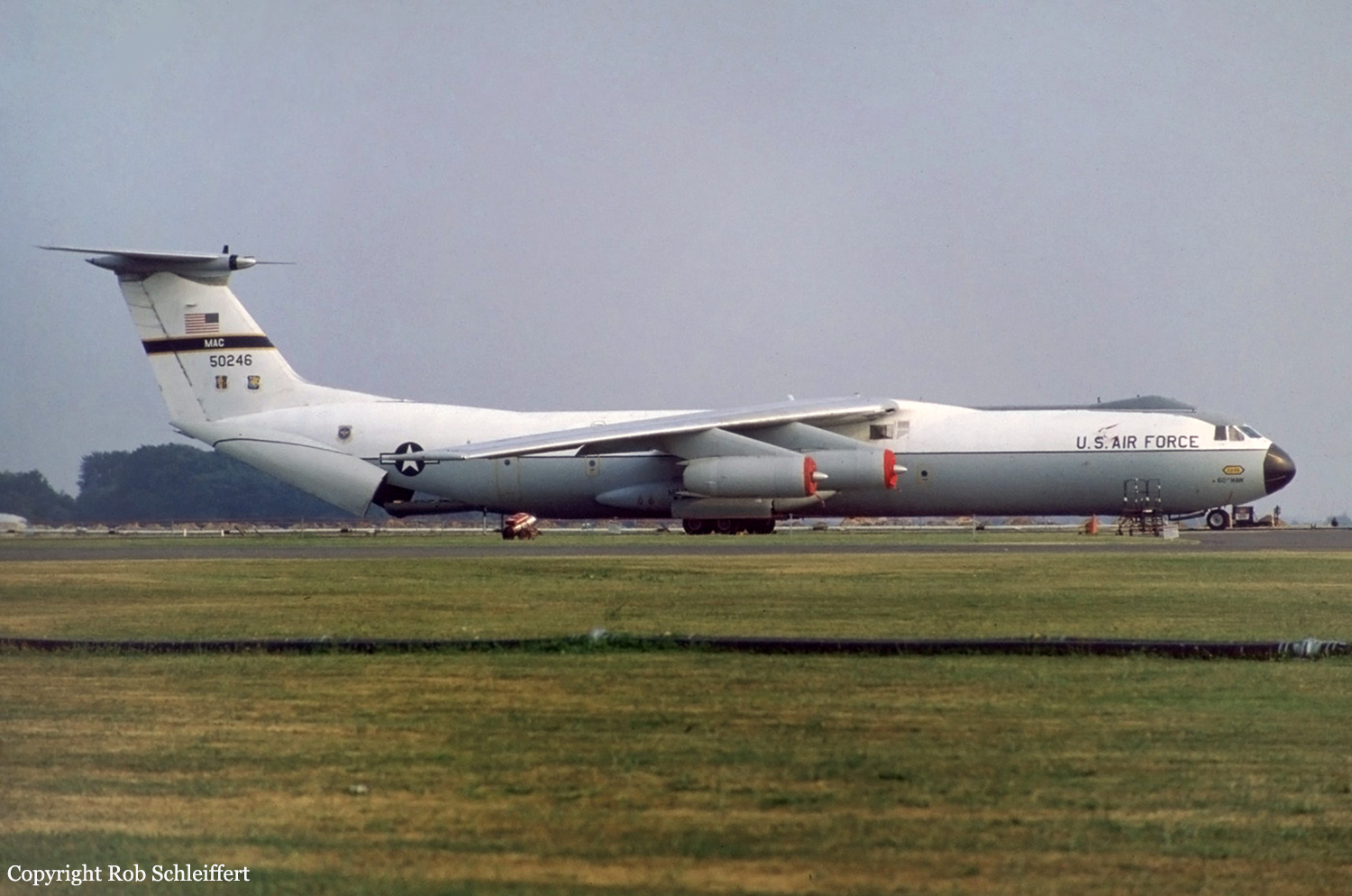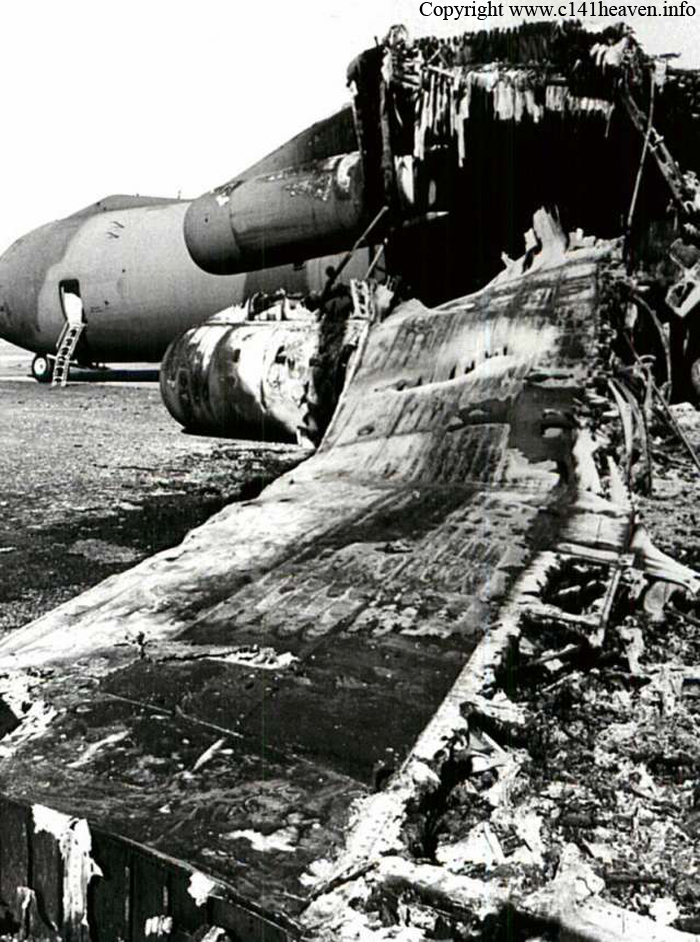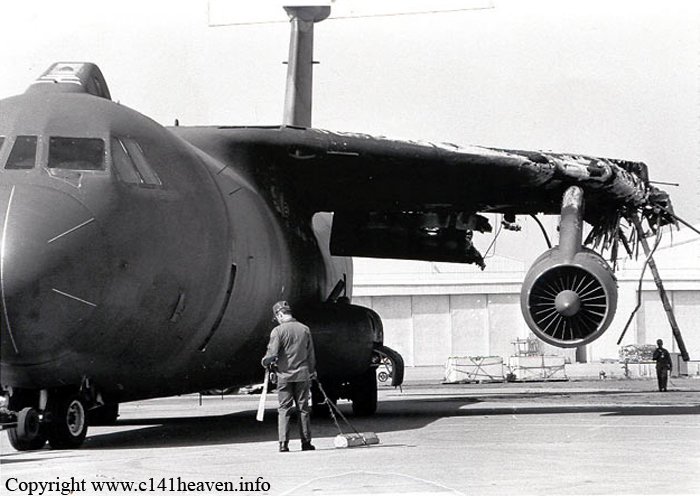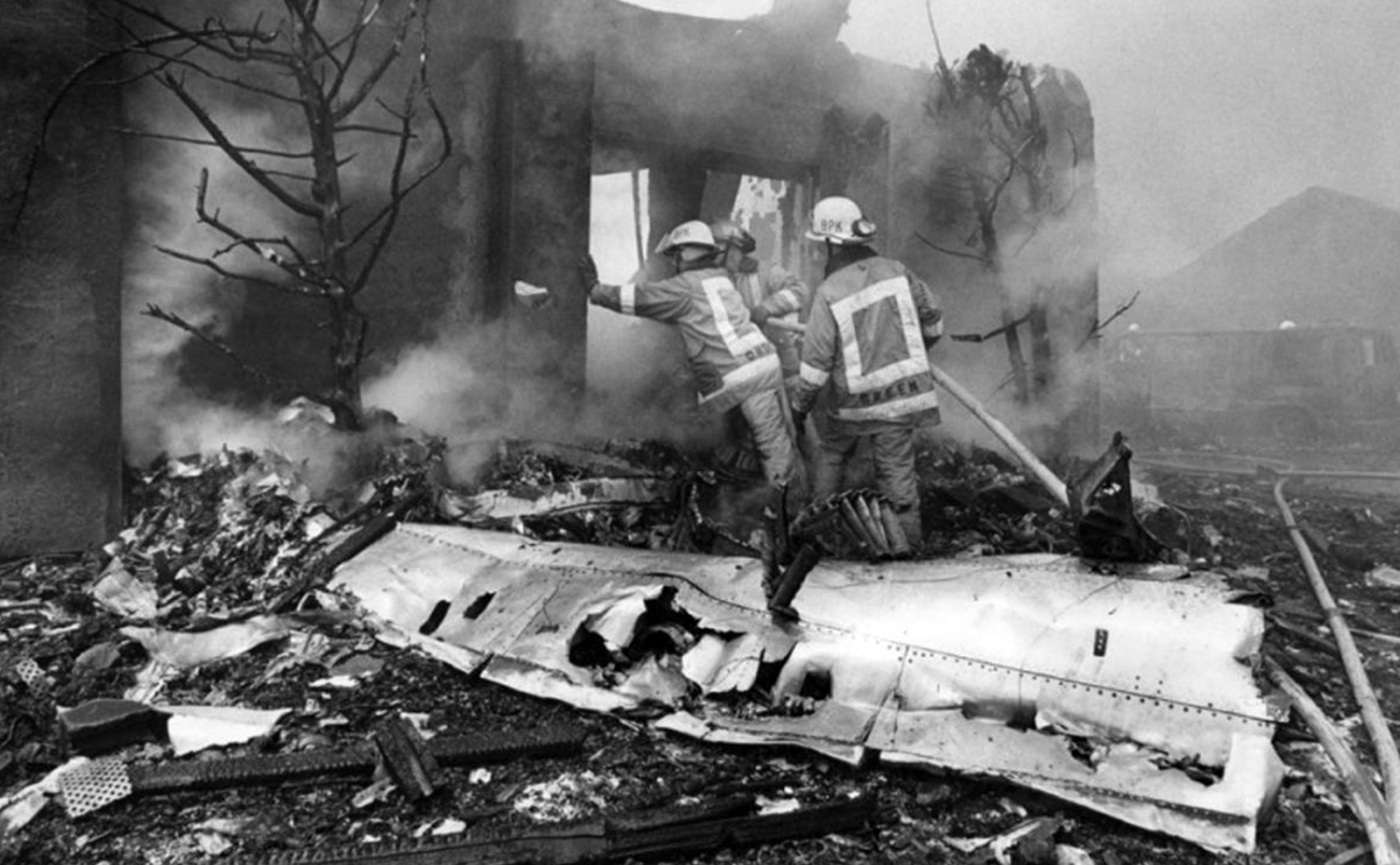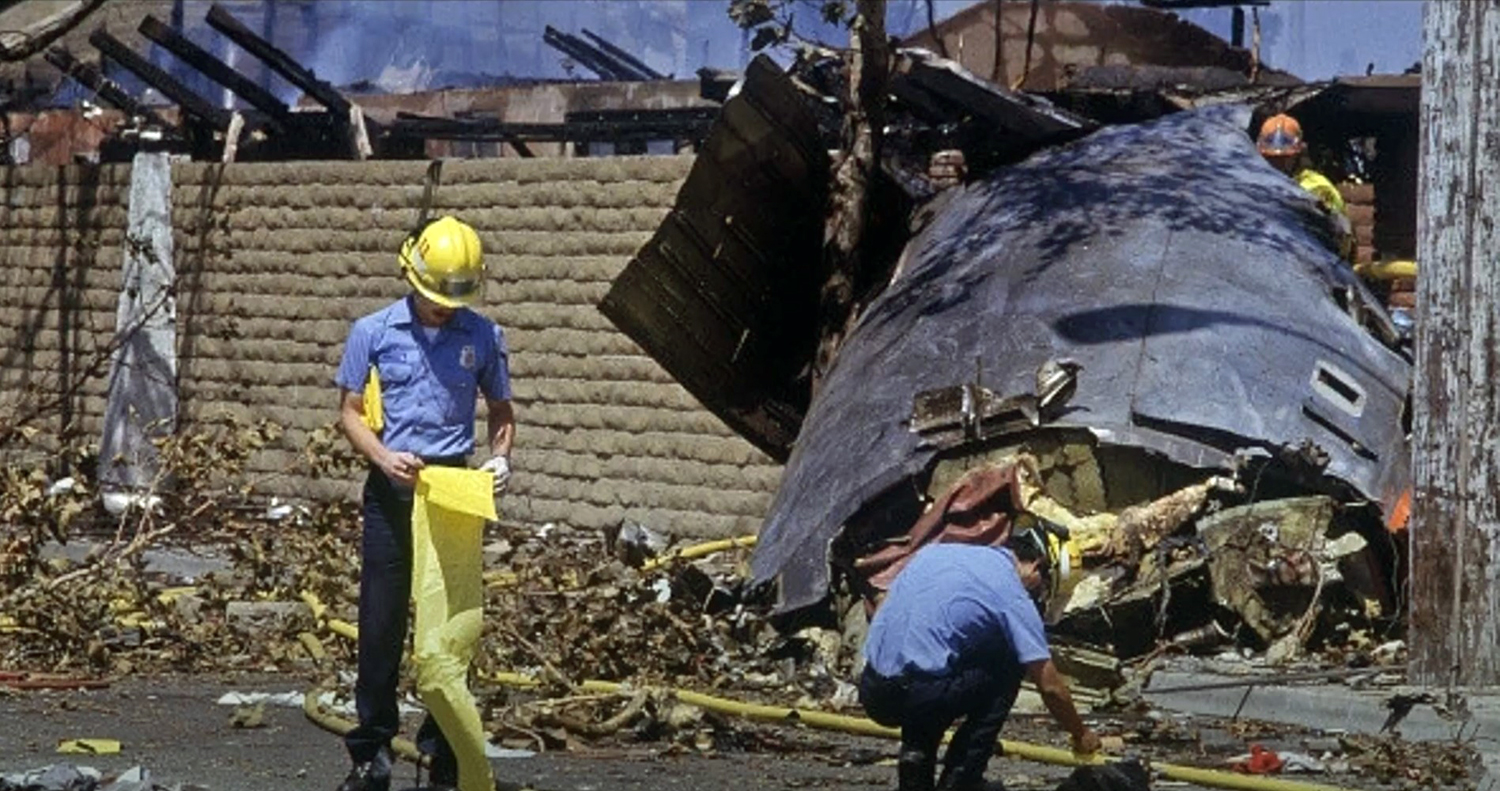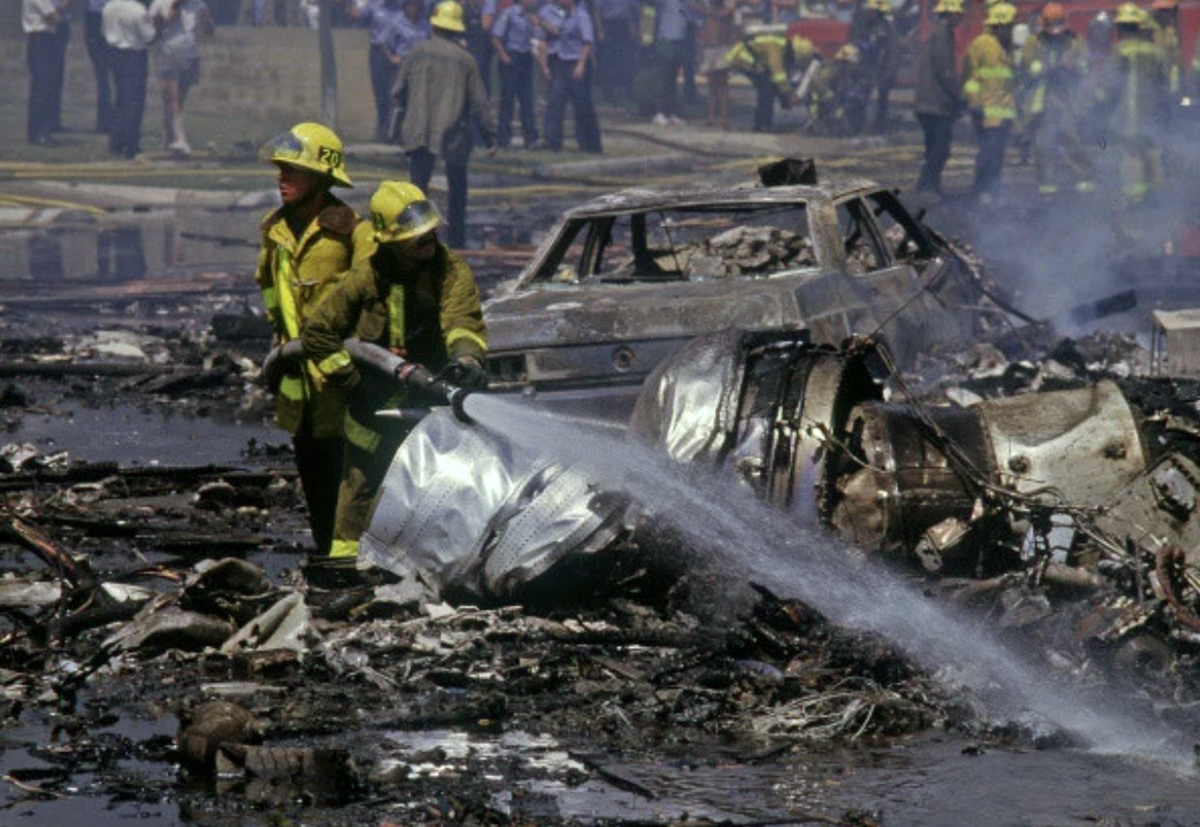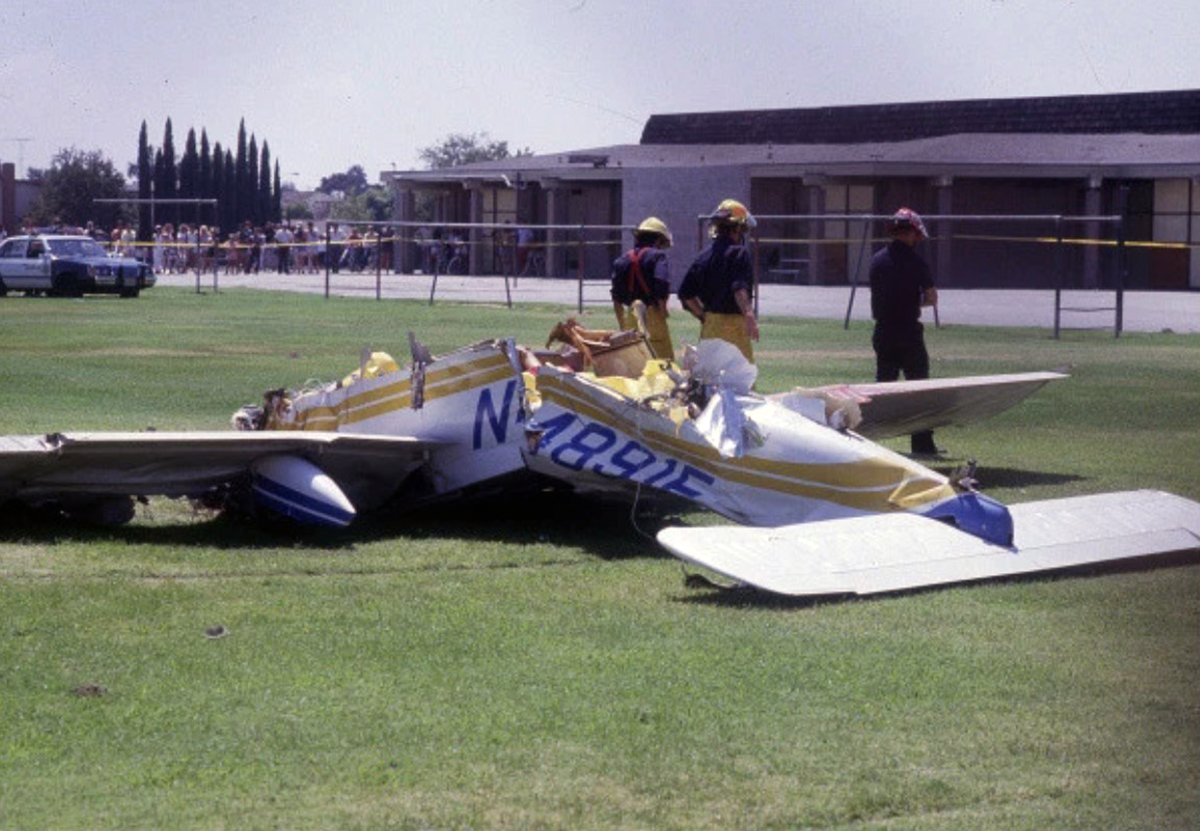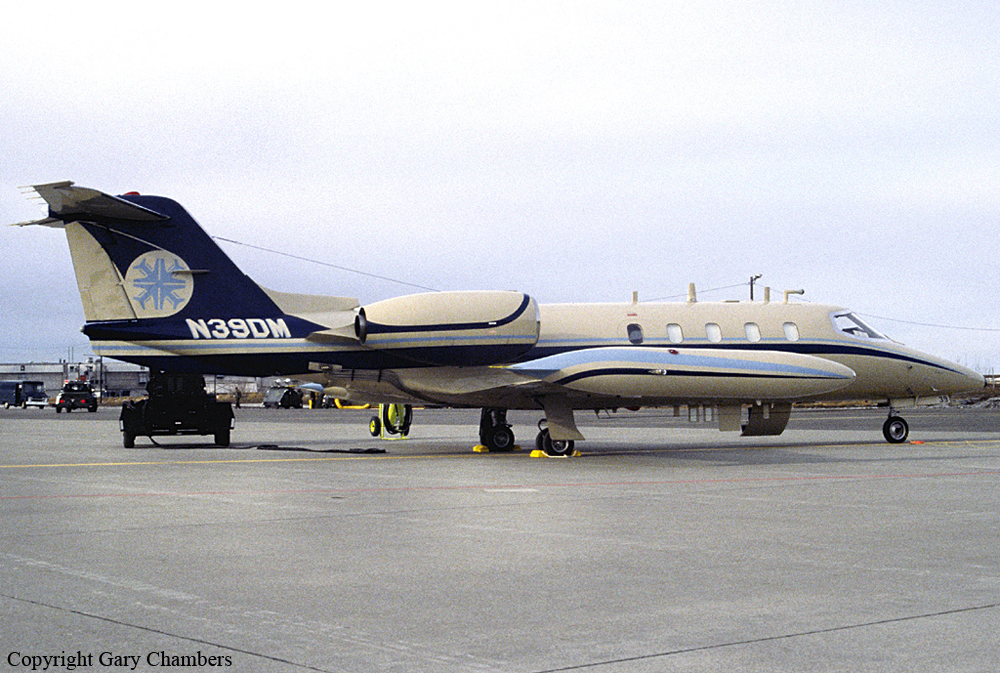Crash of a Cessna 208 Caravan near Cima: 1 killed
Date & Time:
Jan 16, 1987 at 0640 LT
Registration:
N9613F
Survivors:
No
Schedule:
Ontario - North Las Vegas
MSN:
208-0106
YOM:
1986
Crew on board:
1
Crew fatalities:
Pax on board:
0
Pax fatalities:
Other fatalities:
Total fatalities:
1
Captain / Total hours on type:
91.00
Aircraft flight hours:
126
Circumstances:
While on a day/VFR flight from Ontario, CA to Las Vegas, NV, the aircraft collided with mountainous terrain near the top of a 6,500 feet peak. Radar data showed that approximately 20 minutes before the accident, the aircraft began a gradual descent from about 10,000 feet. No preimpact part failure or malfunction of the aircraft, engine or autopilot was found. The pilot had a rest period on the previous day, but the investigation did not determine whether he had obtained any sleep before a 1700 pst flight. After the 1700 pst flight, he voluntarily flew on a late night flight with another company. That flight was delayed in returning and did not land at Ontario until about 0500 pst the next morning. Approximately 41 min later, the pilot took off on the accident flight.
Probable cause:
Occurrence #1: altitude deviation, uncontrolled
Phase of operation: cruise - normal
Findings
1. (c) altitude - not maintained - pilot in command
2. (c) descent - inadvertent - pilot in command
3. (c) fatigue (lack of sleep) - pilot in command
----------
Occurrence #2: in flight collision with terrain/water
Phase of operation: descent - uncontrolled
Findings
4. (f) terrain condition - mountainous/hilly
Phase of operation: cruise - normal
Findings
1. (c) altitude - not maintained - pilot in command
2. (c) descent - inadvertent - pilot in command
3. (c) fatigue (lack of sleep) - pilot in command
----------
Occurrence #2: in flight collision with terrain/water
Phase of operation: descent - uncontrolled
Findings
4. (f) terrain condition - mountainous/hilly
Final Report:


